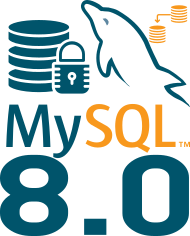
As you are probably aware, wall penetration is a common topic discussed by those who debate which round is best to use for home defense. Because most rounds fired in gunfights miss their intended targets, it’s prudent to think about where those bullets are going to end up if they don’t hit the bad guy. This is one of the main objections many people have to using at AR with 223 or 5.56mm ammo in a home defense scenario.
This guy decided to do a little drywall penetration test, to compare 9mm vs. 223… and he adds some 22 Long Rifle rimfire, just for variety. He had some leftover drywall, so why not? Or in his words:
Don’t like for anything to leave the Buffalo compound without some bullet holes in it.
He uses a Glock 9mm in a carbine conversion with a 16″ barrel for the 9mm portion of the test. The Blazer Brass 124-grain FMJ (about 1300 fps) penetrated 22 layers of 3/8″ sheet rock and dented number 23.
For 223, he uses an AR with Perfecta 55-grain FMJ ammo, which travels around 2800 fps. It penetrated the same number of drywall layers, but shredded them more dramatically.
Back to 9mm, he tries out a hollowpoint 124-grain Remington Golden Saber Black Belt +P round (about 1400 fps). That bullet went through 17 layers of sheet rock, shredding their back surfaces similarly to the 223 bullet. Expansion of the hollow point was minimal, which is to be expected in a non-hydraulic medium (drywall instead of meat).
223 again: Hornady V-Max 55-grain bullet. Designed for varmints, the V-Max is meant to provide “rapid, explosive expansion” (2930 fps). This one made it through 13 layers of drywall before what was left of the bullet came to rest.
To top it off, he grabs a lever-action carbine and some CCI Mini-Mag 22LR ammo, with 40-grain round nose bullets (1220 fps). This one makes it through 11 layers. The same round fired from a semi-auto pistol with a 4″ barrel (929 fps) made it through 10 layers — the equivalent of 5 household walls.
The moral of today’s video seems to be this: If you think your 9mm will go through significantly fewer walls than a 223, you’d probably be wrong. And the 22 can be a lot more effective than some folks would have you believe.














